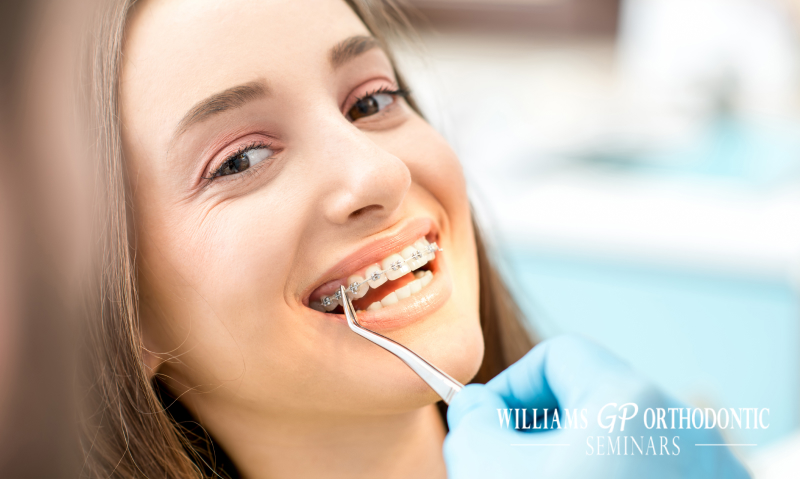Orthodontics Benefits Your Patients and Your Practice
It should be every dentist’s goal to provide a minimally invasive approach to treatment while still upholding the highest level of restorative, preventive, and cosmetic standards. Dentistry is not just about restoring teeth to their optimal function; the mouth is a gateway to the body that is linked to our systemic health.
It is also one of the most prioritized aspects of aesthetics because almost all patients desire a clean, healthy, straight smile. How can a dentist provide exceptional dental care and bring a dull smile to life? Consider offering orthodontics as a flagship treatment in your practice that will set the stage for all other areas of your patient’s oral health.
General dentists are ideally placed to offer orthodontics.
Not all dentists have a good background in orthodontics. Unfortunately, orthodontics is not a heavy focus in dental school, and unless you opt to take a general-dentist orthodontic course, there is little foundation for dentists to feel confident in treating patients. Dr. Brad Williams’s ortho courses are a great way to earn continuing education credits while also learning how to practice orthodontics.
What are the benefits of taking a general-dentist orthodontic course? Dentists can benefit personally and professionally by changing the way they practice dentistry in the best interest of their patients.
Orthodontics can improve the care you give to your patients.
When a dentist understands orthodontics, they can take a minimally invasive approach to restorative treatment. Sometimes it appears a patient may need dental crowns or veneers as a cosmetic approach to improve their smile. However, when a minor crowding case is corrected with braces, the patient can then formally decide if they’re content with their smile prior to doing this more invasive procedure. This also holds true with periodontal and restorative dentistry.
Providing orthodontic care can save your patients time and money.
If a patient has gaps between their teeth, braces can help close the spaces to prevent periodontal disease and avoid the need for a bridge or partial denture. Orthodontics can not only save a patient financially in restorative treatment costs but also makes it easier for them to maintain good home care.
Orthodontics is one step in your patients’ broader care plan.
For dentists, treatment planning complex cases can be improved. Having a background in orthodontics can help you design more aesthetic, healthier smiles. When there is crowding or malocclusion present, it doesn’t always create a harmonious smile when you have to restore one or more teeth. Correcting a bite first with braces and then evaluating the restorative needs can transform a patient’s oral health. Without orthodontics, you may have to place less than ideal restorations, like a crown that is likely to chip or fracture because of a poor bite.
It improves your patients’ overall health.
Many patients may not even consider orthodontics if their dentist does not initially do an orthodontic consultation and ensure it is the first step in restorative care. Orthodontics can make space for dental implants and help restore a natural, functional bite as well as decrease the patient’s risk of tooth decay and gum disease.
Orthodontics also plays a major role in airway issues. Many patients report nighttime bruxism, and it causes much wear on their teeth. This chronic habit can contribute to severe problems like sleep apnea and TMJ issues, leading to headaches and pain. If a dentist understands the foundation of orthodontics, they can assist a patient by widening their upper arch to help correct airway issues or correct a malocclusion to relieve bruxism.
Understanding orthodontics allows you to treat the whole patient.
Dentists know their patients’ personalities and understand their dental goals and needs. Sometimes it is more beneficial for a patient to undergo orthodontic treatment with their dentist because they understand how straightening a smile can play a role in their overall dental health. Some patients are concerned that their crowding may cause periodontal issues, while others want to close a space for cosmetic purposes. A dentist who understands all areas of dentistry can effectively treat the whole patient and not just the mouth.
How To Get Started
Orthodontics is one of the best ways for dentists to understand interdisciplinary dentistry and be able to provide better quality of care for patients. When patients want to correct a single tooth, they may not realize that orthodontics can easily fix their cosmetic concern as well as improve their hygiene and provide stable, long-term results. If you’re interested in expanding your practice through orthodontic care, Williams GP Orthodontic Seminars has a range of courses to get you started.

